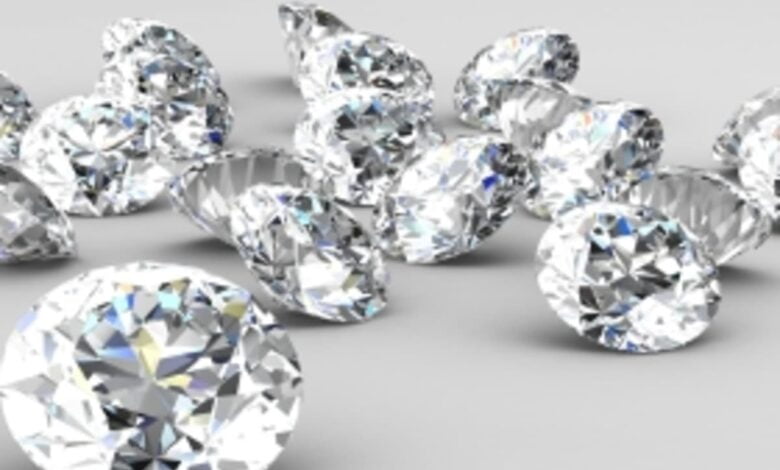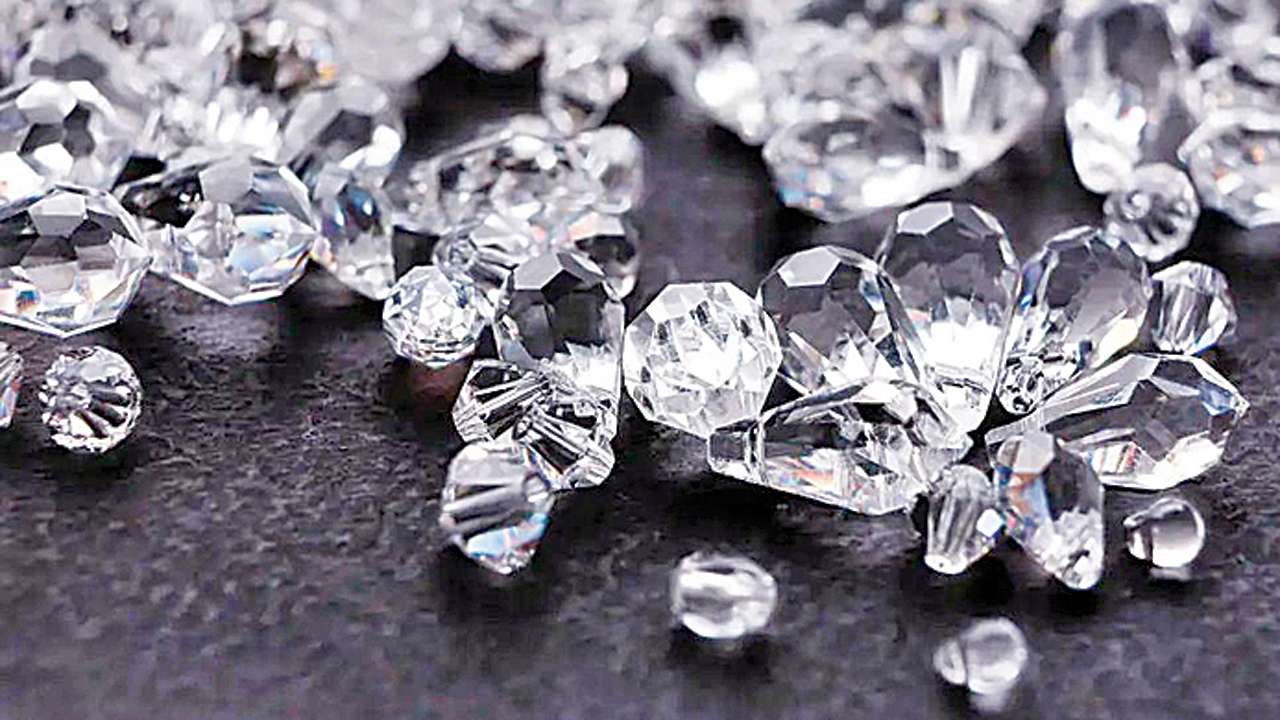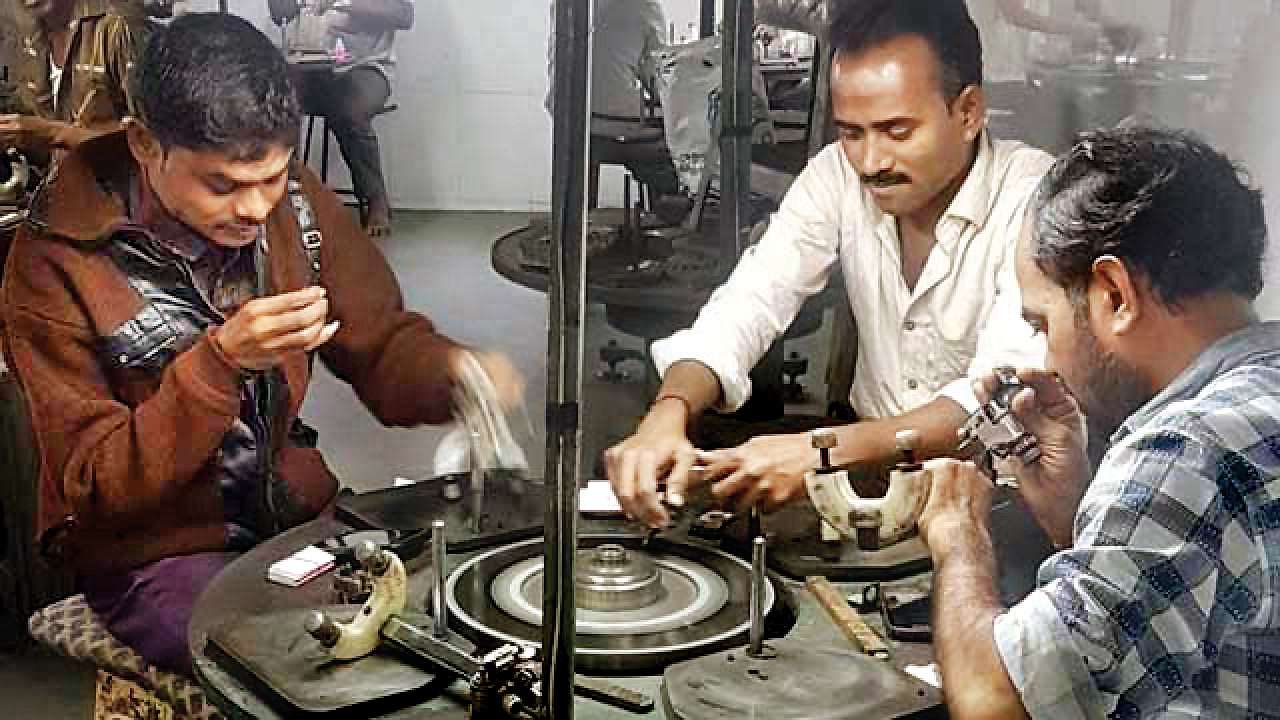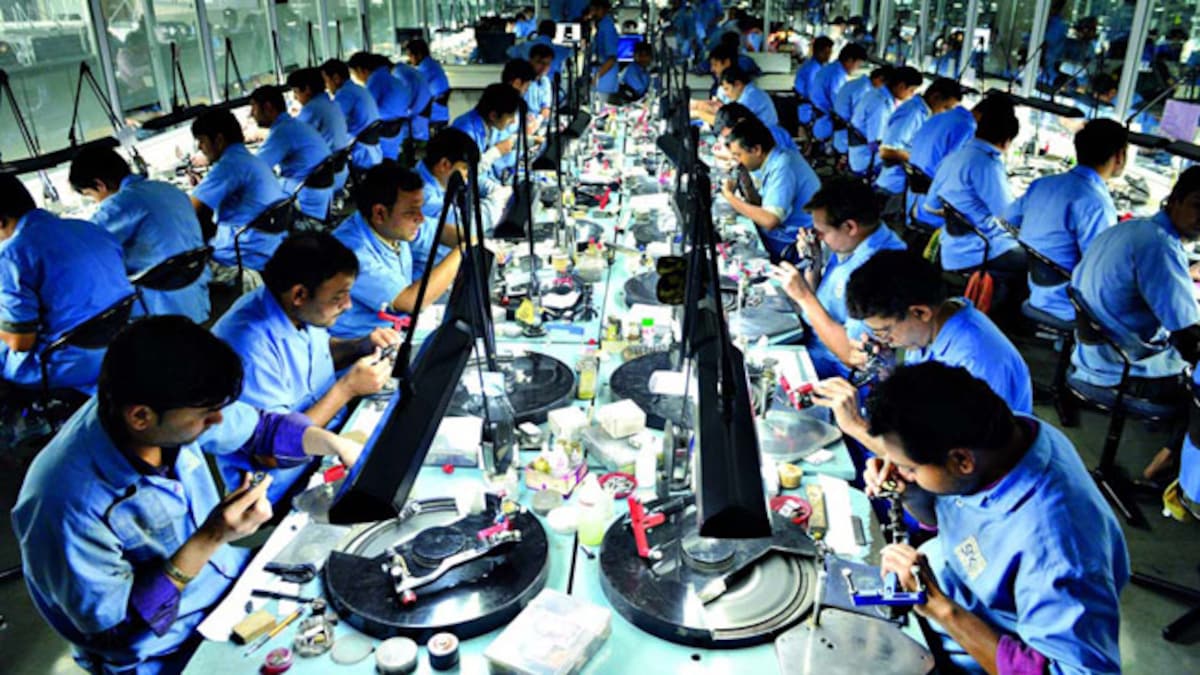Indian diamond workers hit hard due to Russia-Ukraine war.

Indian workers in the diamond industry were hit hard during the Russia-Ukraine War.
In India, most of the population is engaged in the field of the Diamond Industry.
The workforce is engaged in performing the art of Cutting and Polishing the Diamond. These workers are now jobless. They are losing their jobs. The Reason behind this critical situation is Unable to go to the tree of Diamonds.

Before Covid, the workforce who were engaged in this field of the Diamond Industry were capable of Earning more than enough for their living. But Since when the Russia-Ukraine War had begun, the diamond sector got hampered and was hit hard.
The workers are getting unemployed due to unavailability of the Raw Materials.
This becomes more important Since India is the world’s largest center for cut and polished diamonds and accounts for 75% of the world’s polished diamonds Export.
The Diamond Sector is labor-intensive and employs over 4.64 million workers which are expected to go up to 8.23 million by 2022.
India exports 85% of diamonds to other countries. Before Exporting the Diamond, India makes them fine by Cutting and Polishing the rough Diamonds. The activity of cutting and polishing is done in Surat on a vast scale.
India imports these Rough Diamonds from Russia and then it makes them fine and then exports them to other nations. Due to the War between Russia and Ukraine the import of the Rough Diamonds has been cut down drastically. This had Shortened the Supply of Raw Materials.
Russian Rough Diamonds are generally smaller, making up 40 percent of India’s diamond trade by volume and about 40 percent in value.
The war between Russia with Ukraine has now affected this 18 billion Dollar Trade.
The Russian diamond Supplier, Alrosa is responsive for about 30 percent of the rough diamonds in India as the country has a majority of market share in the world’s rough diamond markets ( India polishes and cuts (Imports) 90 percent of Rough Diamonds )
The United States is the biggest Importer of India’s polished diamonds and the sanctions that were imposed to bite the Russian Economy consequently will also hit the Indian Diamond Industry.
The diamond industry of Surat, which accounts for 85% of the world’s cut and polished diamonds, has almost halted its operations anticipating supply interruptions and hikes in the overall diamond prices.
India imports its rough diamonds from Russian mining giant, Alrosa ( a large Global diamond mining company) so the aggressive Slavic war is likely to make it harder for the Surat diamond industry to obtain rough Diamonds. Despite that India is presumably getting ready for a rupee – ruble trade agreement hoping this would smoothen the transactional part with India and Alrosa.
“We have seen the 2008 recession which led to a huge decrease in demand. The industry was closed for about 35 days and lakhs of people lost their jobs.
Now the situation is different. We import 100 percent of our raw materials from Russia, Australia, and African countries such as South Africa, Zimbabwe, and Congo.
Seventy-Five percent of the consumption of end products is by the US directly or indirectly. Due to the problem with Russia and Ukraine, the U, S has banned Russian companies. Nearly 27 percent to 30 percent of Raw materials are from Russia. In patli size, almost 70% is important from Russia” says Dinesh Navedia, Regional Chairman of Gems and Jewellery Export Promotion Council.
The entire work of small diamond cutting and polishing is done in Rural Gujarat. Workers did Farm work in the Morning and polished and cut the raw diamond in the Evening.
The Soletile Stones which are slightly costly and big are handled by the processing units in Surat City.
How Surat Became the Centre of Diamonds in India?
Till the year 1786, there was just one country that performed the mining activity and that country was India. In India, it was specific to Panna, Madhya Pradesh. Surat at that period was not involved in the diamond industry. Santa was engaged in the field of the textile industry as well as in Import and Export Business.
Before Understanding the commencement of Surat in the field of Diamond first we need to have a look and a deep understanding of the Diamond Industry.
Diamonds are not rare. Founding Diamonds is not that difficult.
It can be Easily found. If we’ll talk about jewelry like a diamond, Rubey, amend, or any other Gemstone then among all of the Diamond is the easily available Gemstone.
Nearly 1800 diamonds also started being found in other countries as well including South Africa, Russia, Botswana, Brazil, and China which impacted mining on a greater level as compared with India.
This led to an increase in the market supply of the Diamond in the World Market. This included in supply had decreased the Prices of the Diamonds. DBS cooperation started restricting the mining supply of the Diamonds from the small countries. Due to this an artificial shortage was created in the market price get increased but this didn’t work for a longer period.
Finally, In 1938 NW Iyer started a new marketing campaign named, A Diamond Is Forever. All of western society was guided by telling them that Diamonds are a Memory of Love. This campaign was that much promoted strategically that the price of diamonds increased by 80%
In 1944, the demand for Diamond increased but still, India was only exporting Raw Diamonds. Among them, some of the People and families living in Surat found this opportunity in India. Also in this area, many people were known as “Heera Karegar” who used to have experience in the Gemstone field.
Antwerp of Belgium, Involved in the diamond trade since the 15t century, today accounts for 84% of rough diamond trading. More than 15 dollar state was controlled by the Antwerp Situated Jewish community and they have made a monopoly in the state. Gujarati traders break the monopoly created by Jewish traders of Antwerp and create a different identity for India. Jains and kathiyawadi of Gujrat make the top traders of the world.
You must be thinking about How Jains and Kathiyawadi traders break the Monopoly?
Surat is involved in the Dimond industry for just 1 Century. Britishers and polrtegun had already made Surat a member of the vitealed trade route. Gems, Beads, and Pierced Stones had involved surat in the Dimond as well.
Gandabhai kuberda Mavjivanawala and Shri Rageeldas Khberdas Mavjivanawala laid the foundation of the Diamonds trade-in Gujrat in the 1900s. These brothers had set up a small business.
According to Gujarati traders, the Jews were badly affected in World War Second. To fill the vacuum in the diamond trade the Palnpuri Jains arrived in Antwerp. Palnpuri Jains are India’s historic business community who had made themself exert in Generation vise. Palnpuri Jains has established itself in Antwerp.
Gujrati traders had used two key factors to break this Monopoly :
They started trading in small Diamonds which Jewish traders don’t use and another one is that they used the cheap and skilled labor of the Surat which became Excellent Dimond cutters and polishers.
Along with these two factors purchasing direct sources purchasing of diamonds and other smart strategies had lossen the competition and because of this, they got able to establish their business in Antwerp.
Along with Palnpuri Jains, there was another Community named Katiawadi Patel who had established themself in the Dimond World. However, their entry was late as compared to Palnpuri Jains but still, they own largely Processing Factories in Surat as well as Antwerp.
Katiawadi Patel belongs to the Agriculture. They shifted to Surat to save themselves from drought. Katiawadi Patel entered the diamond trade as cutters and polishers and gradually established themselves in Antwerp as successful diamond traders.
The Impact of Gujaratis was that much intense that In the 2012 board election of Antwerp World Diamond Centre out of six, five were Gujarati.
This is how the Gujrati Jain and Katiawadi Patel had break the monopoly of Antwerp and Surat became the emerging star of diamonds








